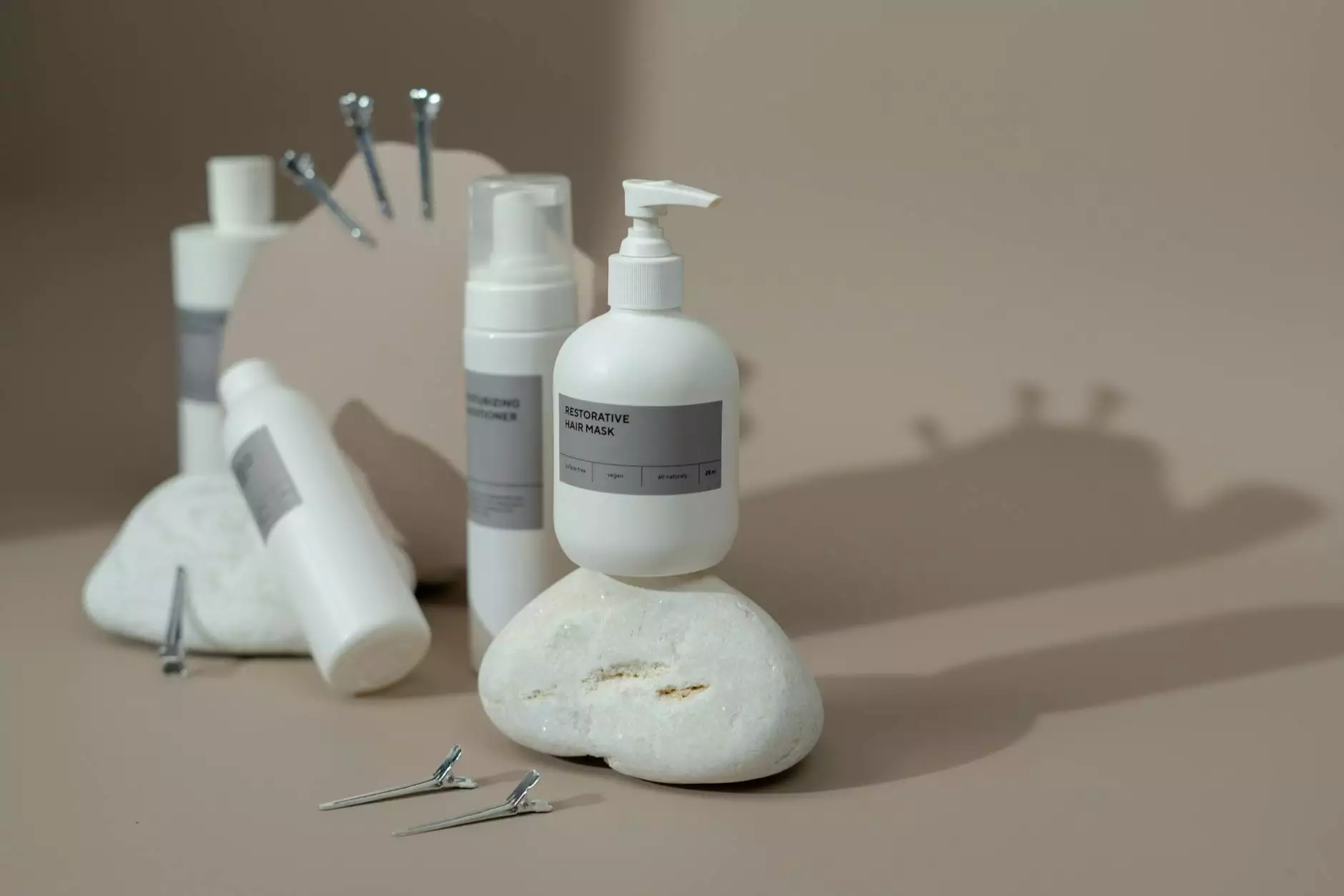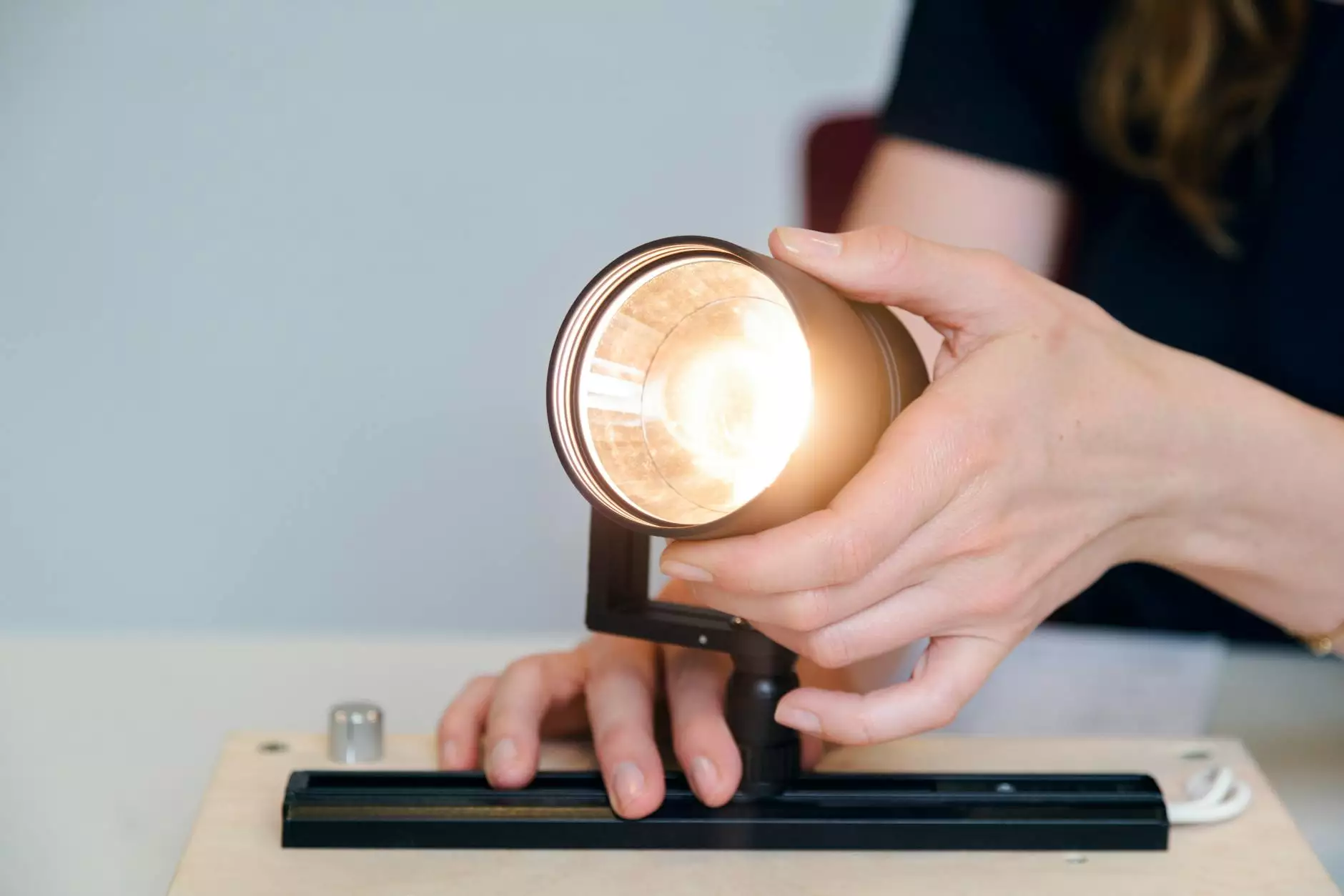Tendonitis and Tenosynovitis: Understanding and Managing Your Pain

What Are Tendonitis and Tenosynovitis?
Tendonitis and tenosynovitis are two common inflammatory conditions that affect the tendons and the surrounding tissue. They often lead to pain, swelling, and decreased mobility, making everyday activities challenging for those affected.
Tendonitis refers to the inflammation of a tendon, while tenosynovitis is the inflammation of the synovial sheath that surrounds a tendon. Both conditions can be triggered by overuse, injury, or repetitive motion, making it essential to understand the differences and seek appropriate treatment.
Causes of Tendonitis and Tenosynovitis
The causes of these conditions can vary significantly, but common factors include:
- Repetitive Motion: Engaging in the same movement repeatedly can strain the tendons.
- Aging: As we get older, tendons become less flexible and more prone to injury.
- Injury: Acute injuries, such as falls or sudden sports-related trauma, can lead to these conditions.
- Medical Conditions: Conditions such as rheumatoid arthritis or diabetes can increase the risk of tendonitis and tenosynovitis.
Symptoms to Watch For
Both tendonitis and tenosynovitis share similar symptoms, which include:
- Pain: The most common symptom, often worsening with movement.
- Swelling: Inflammation of the affected area may cause noticeable swelling.
- Stiffness: Decreased range of motion can occur around the affected tendon.
- Warmth: The area may feel warm to the touch due to increased blood flow.
Diagnosis of Tendonitis and Tenosynovitis
If you suspect you have tendonitis or tenosynovitis, it’s crucial to consult with a healthcare professional. Diagnosis typically involves:
- Medical History: Discussing your symptoms and any recent activities that may have caused strain.
- Physical Examination: The doctor will assess the painful area for tenderness and swelling.
- Imaging Tests: X-rays or MRIs may be used to rule out other injuries or conditions.
Effective Treatment Options
Managing tendonitis and tenosynovitis often requires a multi-faceted approach:
1. Rest and Activity Modification
Initially, it’s crucial to rest the affected area and avoid activities that worsen the pain. This rest allows the inflamed tissues to heal.
2. Cold and Heat Therapy
Applying ice packs can help reduce swelling and numb the pain, while heat can soothe muscle stiffness after the initial inflammatory phase.
3. Medications
Over-the-counter nonsteroidal anti-inflammatory drugs (NSAIDs) such as ibuprofen can alleviate pain and inflammation.
4. Physical Therapy
Working with a qualified physical therapist can be highly beneficial. They can design a personalized exercise program to increase strength and flexibility of the affected tendon.
5. Chiropractic Care
Visiting a chiropractor can provide manual adjustments that improve joint function and alignment, potentially alleviating pain associated with these conditions.
6. Injections
In some cases, corticosteroid injections may be administered to reduce severe inflammation and provide relief.
7. Surgery
If conservative treatments fail, surgical intervention may be necessary to repair damaged tissues.
Preventing Tendonitis and Tenosynovitis
Taking preventive measures can significantly reduce the risk of developing these painful conditions:
- Warm-up Properly: Always warm up before engaging in physical activity to prepare the muscles and tendons.
- Gradually Increase Activity Levels: Slowly ramping up the intensity of workouts prevents overuse injuries.
- Maintain Good Posture: Proper body mechanics while performing tasks reduces strain on tendons.
- Cross-Train: Varying your exercise routine can help avoid repetitive stress on the same muscles and tendons.
Conclusion: Take Charge of Your Health
Understanding tendonitis and tenosynovitis will empower you to recognize symptoms early and seek treatment. By adopting preventive measures and working with healthcare professionals, you can manage your symptoms effectively and regain your quality of life. Remember, timely intervention is key to recovery, so don't hesitate to consult with your healthcare provider. Embrace a proactive approach to your health—your tendons will thank you!









